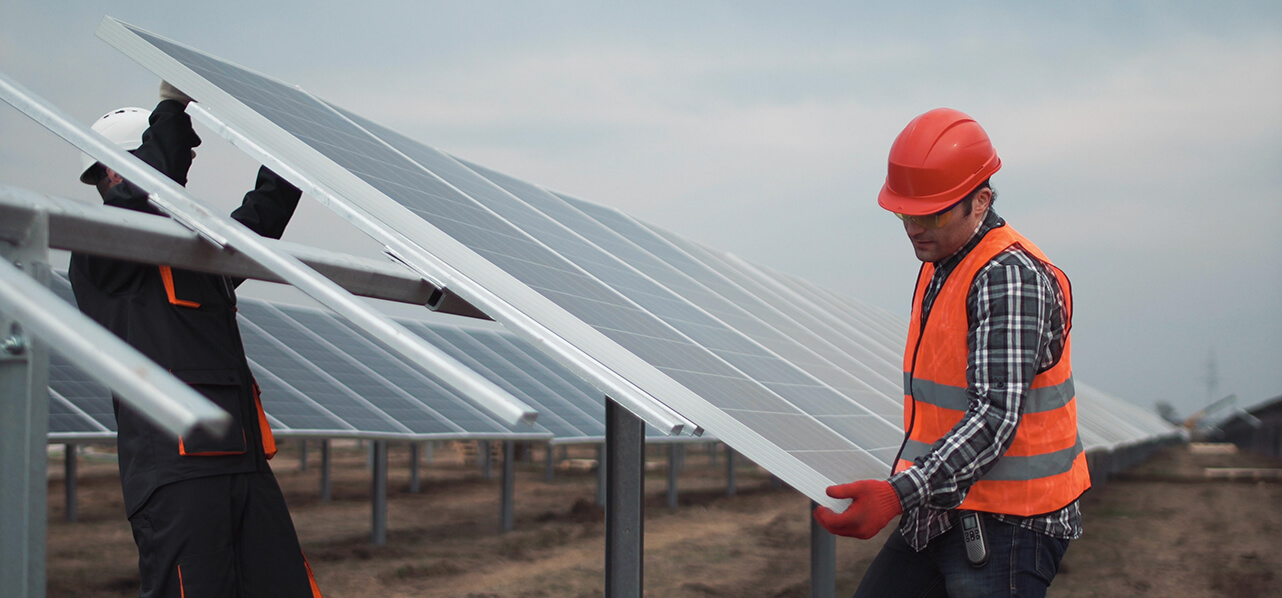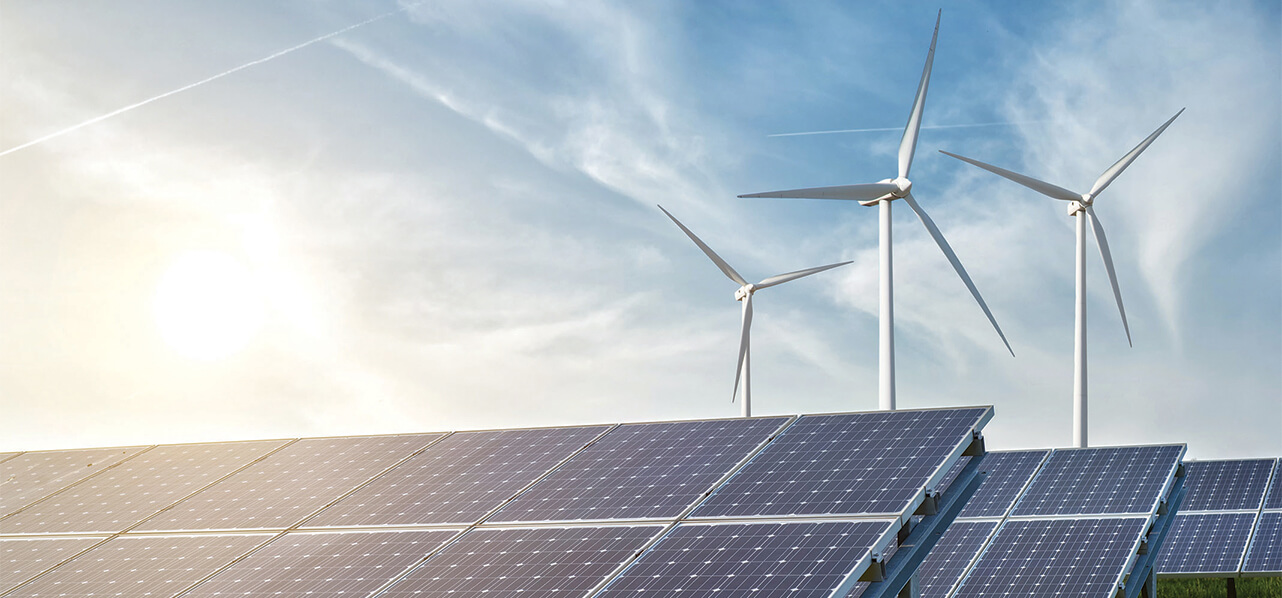The scale of the challenge
The scale of offshore wind projects has increased exponentially since the first projects that were included in Tender Round 1 (TR1). Projects in TR1 mainly ranged in size from 90 MW to 315 MW, with the largest project coming in at 500 MW. TR7 was announced by Ofgem on 12 November 2020, with the two projects taking part clocking in at 900 MW and 857 MW.





